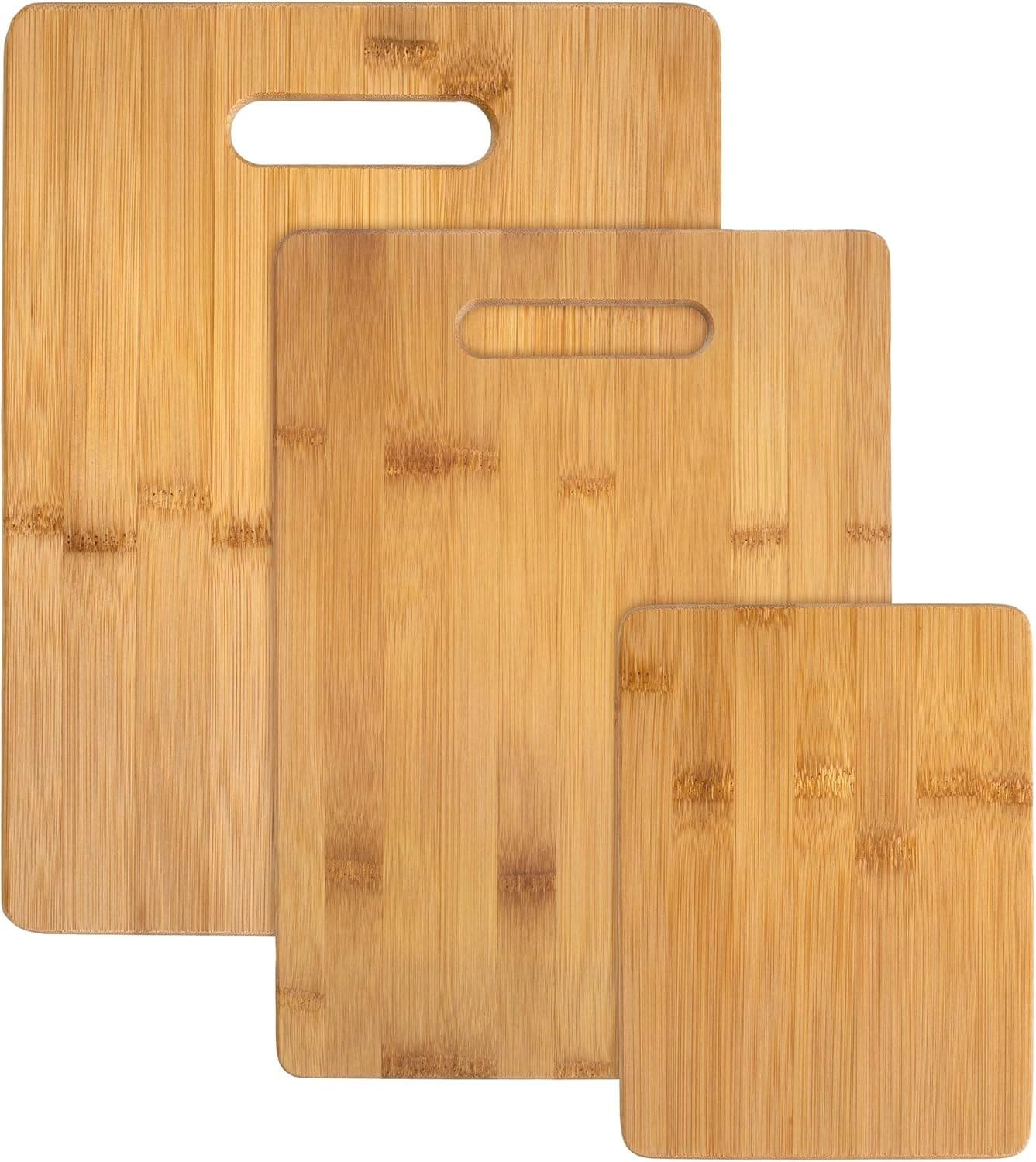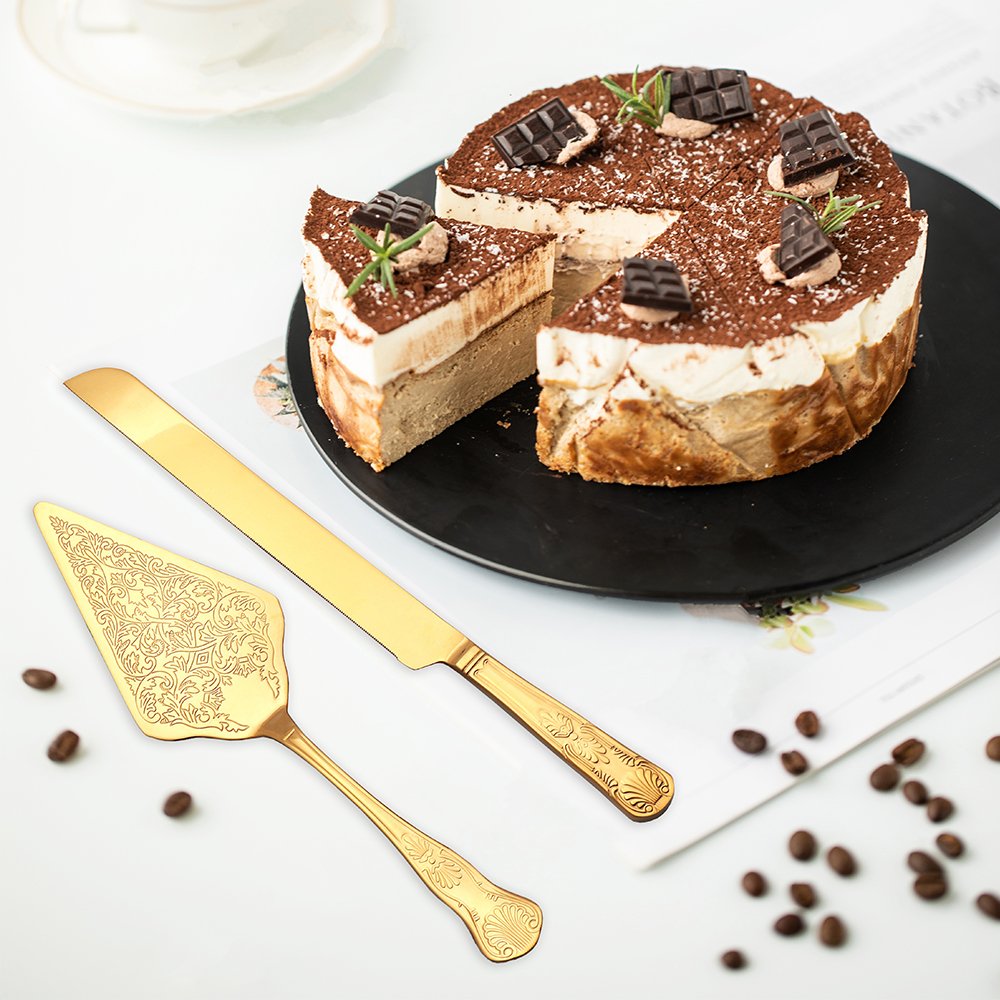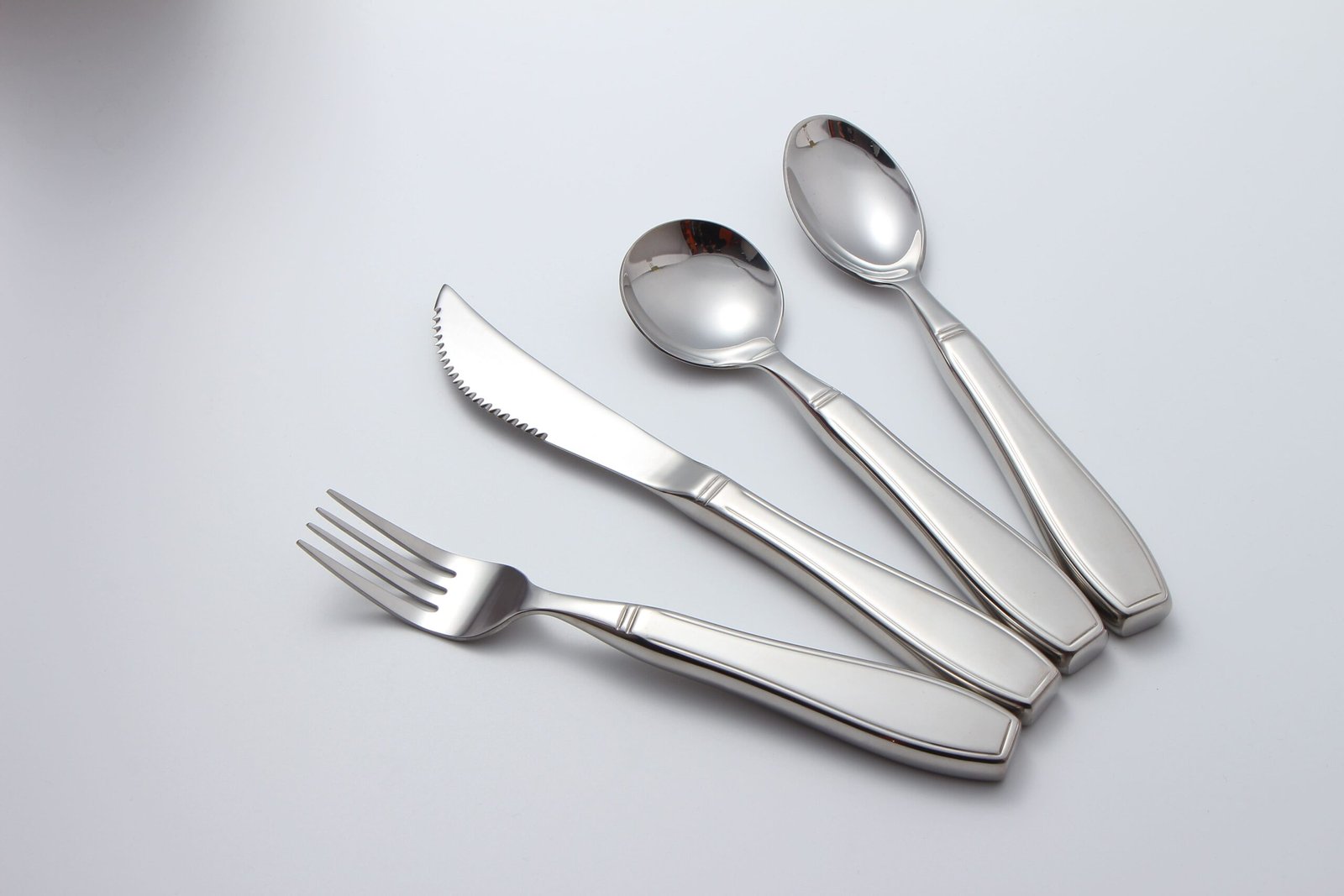Hosting a party? A well-equipped cheese board impresses guests. Without the right tools, serving becomes messy. Let’s fix that.
A complete cheese board set includes a cheese knife, spreader, fork, and small tongs. These tools help slice, serve, and arrange cheeses and accompaniments neatly, ensuring a professional presentation.
Now, let’s break down each element of a perfect cheese board setup. From tools to layout rules, here’s how to master it.
Table of Contents
What is the 3 3 3 3 Rule for Charcuterie Board?
Struggling to balance flavors and textures? The 3 3 3 3 rule simplifies charcuterie board creation.
The 3 3 3 3 rule means: 3 cheeses (soft, hard, bold), 3 meats (cured, spicy, mild), 3 accompaniments (sweet, savory, crunchy), and 3 garnishes (nuts, fruits, herbs). This ensures variety and harmony.
Why the 3 3 3 3 Rule Works
Balancing flavors and textures prevents overwhelm. Here’s how to apply it:
| Category | Examples |
|---|---|
| Cheeses | Soft: Brie, Camembert (creamy, mild) Hard: Aged Cheddar, Gouda (sharp, firm) Bold: Blue cheese, smoked Gruyère (pungent, distinctive) |
| Meats | Cured: Prosciutto, salami (saltiness) Spicy: Chorizo, pepperoni (heat) Mild: Ham, turkey (neutral) |
| Accompaniments | Sweet: Honey, fig jam Savory: Olives, pickles Crunchy: Crackers, breadsticks |
| Garnishes | Nuts: Almonds, walnuts Fruits: Grapes, dried apricots Herbs: Rosemary, thyme |

What Utensils to Use for Charcuterie Board?
Using the wrong utensils ruins presentation. Cheese knives aren’t one-size-fits-all.
Essential utensils include: a soft cheese knife (hole-bladed), hard cheese cleaver, spreader, small tongs, and cocktail forks. Each serves a specific purpose for neat slicing and serving.
Utensil Breakdown
| Tool | Design | Use |
|---|---|---|
| Soft Cheese Knife | Hole-bladed to prevent sticking | For Brie, Camembert |
| Hard Cheese Cleaver | Sturdy, sharp edge | For Parmesan, aged Cheddar |
| Spreader | Flat, dull blade | For goat cheese or dips |
| Tongs | Mini, spring-loaded | For olives, pickles |
| Cocktail Forks | Small, two-pronged | For skewering meats or fruits |
Pro Tip: Label utensils if hosting a large group to avoid cross-contamination.
Do Cheese Knives Really Work?
Are specialty cheese knives worth it? Or can you use a regular knife?
Cheese knives are designed for specific textures. A soft cheese knife’s holes reduce sticking, while a hard cheese cleaver provides clean cuts. Regular knives often crush or smear cheese.
Science Behind Cheese Knives
| Cheese Type | Problem | Solution |
|---|---|---|
| Soft Cheeses | Sticks to blades | Hole-bladed knives reduce surface contact |
| Hard Cheeses | Crumbles or shatters | Weighted cleavers apply even pressure |
| Semi-soft Cheeses | Tears unevenly | Wire slicers (e.g., for Gouda) |
DIY Alternative? A paring knife works for hard cheeses, but invest in a set for frequent entertaining.

What Not to Put on a Cheese Board?
Some items clash with cheeses. Avoid these common mistakes.
Skip watery fruits (watermelon), strong-smelling foods (raw onions), messy dips, stale crackers, and overly sweet jams. These overpower flavors or create soggy textures.
The No-Go List
| Issue | Why | Fix |
|---|---|---|
| Watery Fruits | Dilutes cheese (e.g., watermelon, cucumber) | Use dried fruits or firm grapes |
| Strong Odors | Dominates subtle cheeses (e.g., garlic, raw onion) | Pickled onions or chutneys |
| Messy Dips | Drips and stains (e.g., hummus) | Serve in ramekins |
| Stale Crackers | Unpleasant texture | Freshly baked or sealed packs |
| Overly Sweet Jams | Masks cheese flavors | Tart preserves (e.g., cherry) |

Do You Need Cutlery for Charcuterie Board?
Can guests just use their hands? Sometimes, but tools help.
Cutlery ensures hygiene, prevents mixing flavors, and elevates presentation. For casual settings, provide napkins and toothpicks. For formal events, use full utensil sets.
When to Skip Utensils
| Occasion | Scenario | Solution |
|---|---|---|
| Informal Gatherings | Small group, rustic vibe | Toothpicks, napkins |
| Formal Events | Multiple cheeses, delicate meats | Labeled knives, tongs |
| Compromise | — | Pre-slice hard cheeses, use decorative picks for meats |
A perfect cheese board combines the right tools (3 knives, tongs, forks), follows the 3 3 3 3 rule, and avoids messy or overpowering items. Invest in quality utensils for flawless hosting.








